
Ain Diab: Casablanca's Coastal Jewel
Discover Ain Diab in Casablanca: A vibrant coastal neighbourhood with stunning beaches, lively nightlife, and rich cultural attractions.
Ain Diab is the beating heart of Casablanca's coastal scene, offering a vibrant mix of modernity and tradition. This neighbourhood is best known for its stunning beaches that stretch along the Atlantic Ocean, providing an ideal spot for sunbathing, swimming, and surfing. The corniche, a scenic promenade, is lined with palm trees and offers breathtaking ocean views, making it a perfect place for a leisurely walk or a bike ride. The area is also famous for its bustling nightlife, with numerous bars, nightclubs, and restaurants that come alive after sunset. From high-end dining establishments to casual beachside cafes, Ain Diab caters to all tastes and budgets. The neighbourhood's lively atmosphere is contagious, drawing both locals and tourists who want to experience Casablanca's vibrant social scene. Ain Diab is not just about beaches and nightlife; it also offers cultural attractions such as the iconic Hassan II Mosque, one of the largest mosques in the world, located just a short drive away. The mosque's intricate architecture and stunning oceanfront location make it a must-visit. Additionally, Ain Diab is home to several shopping centers and local markets where you can find everything from traditional Moroccan crafts to modern fashion.
Local tips in Ain Diab
- Visit the Hassan II Mosque early in the morning to avoid crowds.
- Bring sunscreen and sunglasses, as the sun can be intense along the coast.
- Explore the corniche on foot or by bike for the best views and photo opportunities.
- Try local seafood at one of the beachside restaurants for an authentic Moroccan dining experience.
- Be cautious when swimming, as the Atlantic currents can be strong.
Ain Diab: Casablanca's Coastal Jewel
Ain Diab is the beating heart of Casablanca's coastal scene, offering a vibrant mix of modernity and tradition. This neighbourhood is best known for its stunning beaches that stretch along the Atlantic Ocean, providing an ideal spot for sunbathing, swimming, and surfing. The corniche, a scenic promenade, is lined with palm trees and offers breathtaking ocean views, making it a perfect place for a leisurely walk or a bike ride. The area is also famous for its bustling nightlife, with numerous bars, nightclubs, and restaurants that come alive after sunset. From high-end dining establishments to casual beachside cafes, Ain Diab caters to all tastes and budgets. The neighbourhood's lively atmosphere is contagious, drawing both locals and tourists who want to experience Casablanca's vibrant social scene. Ain Diab is not just about beaches and nightlife; it also offers cultural attractions such as the iconic Hassan II Mosque, one of the largest mosques in the world, located just a short drive away. The mosque's intricate architecture and stunning oceanfront location make it a must-visit. Additionally, Ain Diab is home to several shopping centers and local markets where you can find everything from traditional Moroccan crafts to modern fashion.
Iconic landmarks you can’t miss
United Nations Square
Discover the vibrant culture and modern charm of United Nations Square in Casablanca, a lively hub filled with history, art, and local delicacies.
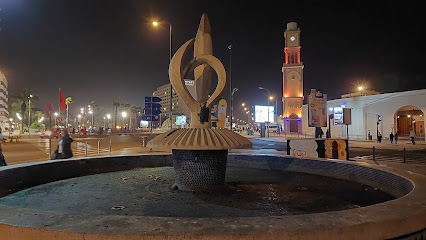
Parc Sindibad
Experience the excitement of Parc Sindibad, Casablanca's premier amusement park with thrilling rides, animal encounters, and family-friendly attractions.
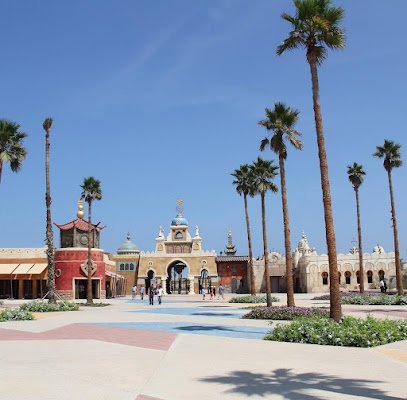
Royal Palace
Experience the regal splendor of the Royal Palace in Casablanca, a masterpiece of Moroccan architecture and cultural heritage.
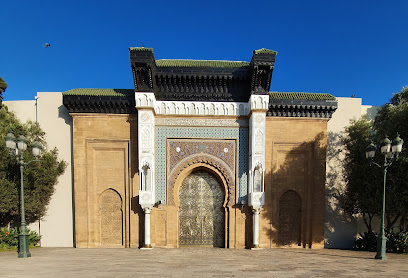
Plage Aïn Diab
Experience the vibrant atmosphere of Plage Aïn Diab, a stunning Casablanca beach perfect for relaxation and adventure.
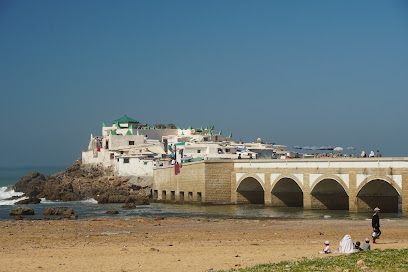
boudoir
Experience the vibrant culinary scene at Boudoir in Casablanca, where modern flavors meet traditional Moroccan cuisine.
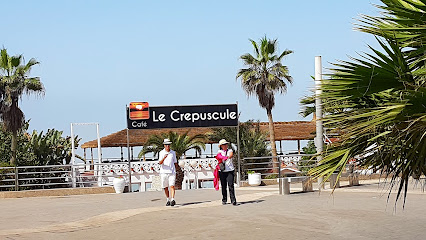
El Hank Lighthouse
Discover stunning views and rich maritime history at El Hank Lighthouse, an iconic landmark along Casablanca's coast.
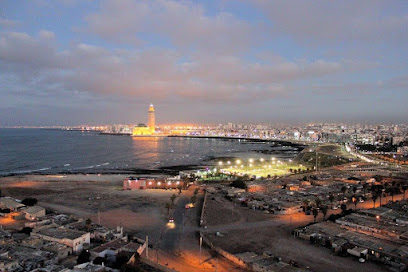
Mahkama of Pacha
Explore the Mahkama of Pacha, a magnificent courthouse in Casablanca showcasing stunning Moorish architecture and rich Moroccan heritage.
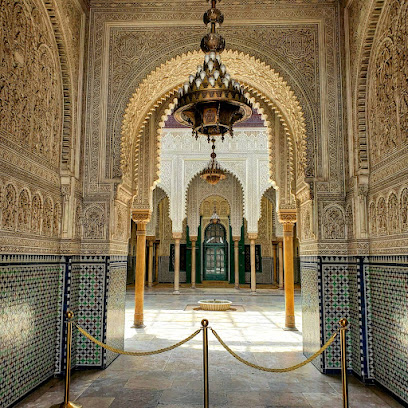
Ain Diab Beach
Discover the vibrant allure of Ain Diab Beach, Casablanca's premier destination for sun, fun, and cultural experiences along the Atlantic coast.
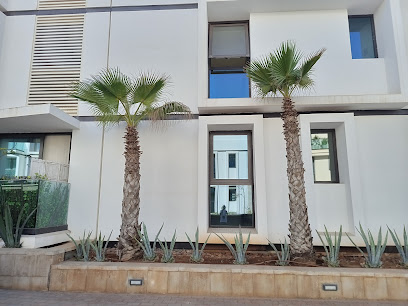
La Tour de l'Horloge
Discover the charm of La Tour de l'Horloge, the iconic clock tower in Casablanca, blending history, culture, and stunning architecture.

شاطيء عين الذياب
Ain Diab Beach in Casablanca: A picturesque coastal retreat blending relaxation, culture, and adventure by the Atlantic Ocean.
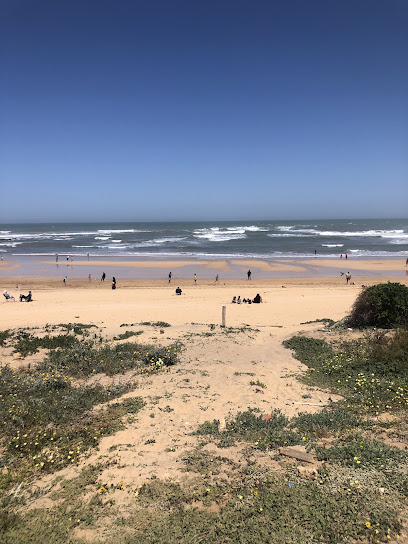
Anfa place Beach ️ ️
Discover the beauty of Anfa Place Beach in Casablanca, a stunning coastal retreat perfect for relaxation, adventure, and local cuisine.
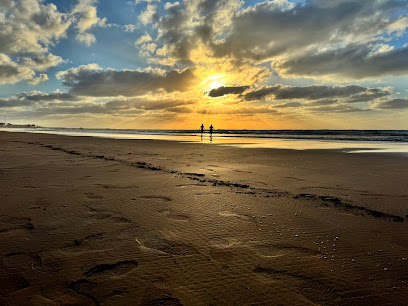
Plage Ain Diab bd océan at
Explore the sun-kissed shores of Plage Ain Diab, where the Atlantic meets vibrant culture, perfect for relaxation and coastal adventures.
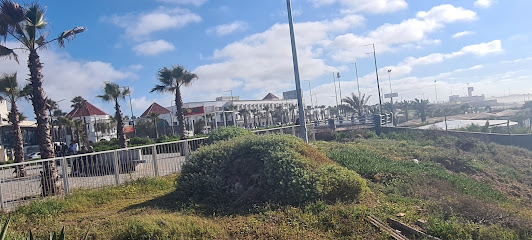
عين الدياب
Experience the vibrant coastal charm of Ain Diab in Casablanca, where beautiful beaches meet lively entertainment and local culture.
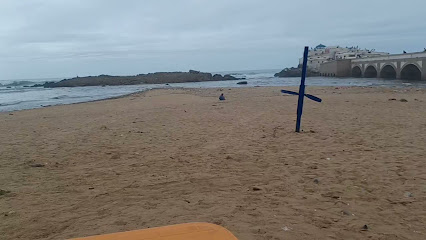
منتزة كورنيش عين الذئاب
Experience tranquility at Korniš Ain Al-Zihab, a serene garden retreat in the heart of Casablanca, where nature and relaxation meet.

CASABLANCA
Explore the tranquil parks of Casablanca, where lush greenery and cultural richness blend seamlessly for a refreshing escape in the heart of the city.

Unmissable attractions to see
United Nations Square
Discover the cultural charm and vibrant atmosphere of United Nations Square, a must-visit destination in the heart of Casablanca, Morocco.

Mohammed V Square
Experience the vibrant heart of Casablanca at Mohammed V Square, where history, culture, and stunning architecture converge in a lively atmosphere.
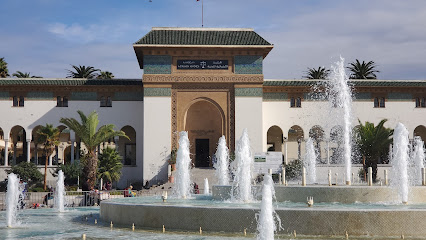
Sindibad Zoo
Experience the vibrant wildlife at Sindibad Zoo in Casablanca, a family-friendly destination perfect for learning and adventure in the heart of Morocco.
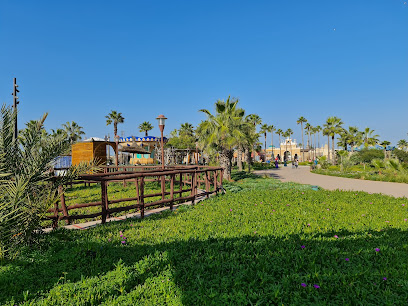
Plage Aïn Diab
Experience the vibrant atmosphere of Plage Aïn Diab, Casablanca's main beach, where sun, surf, and local culture come together for an unforgettable escape.
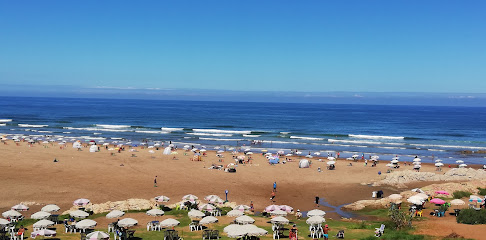
شاطيء عين الذياب
Discover the vibrant charm of Ain Diab Beach, Casablanca’s perfect blend of sun, sea, and Moroccan culture.
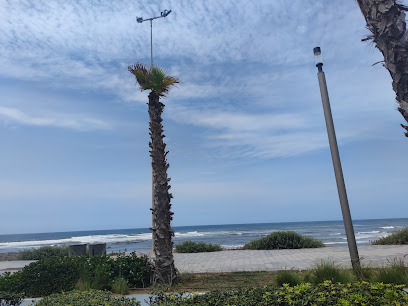
Anfa place Beach ️ ️
Discover the stunning Anfa Place Beach in Casablanca, where golden sands and vibrant culture meet the Atlantic's refreshing waves.
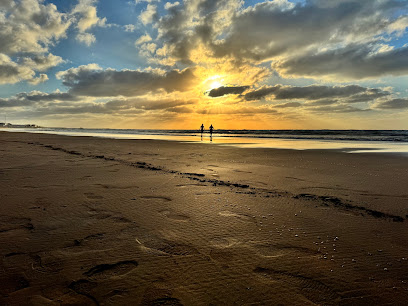
Plage Ain Diab bd océan at
Discover the vibrant energy of Plage Ain Diab in Casablanca, where sun-soaked beaches and delicious cuisine meet stunning Atlantic views.
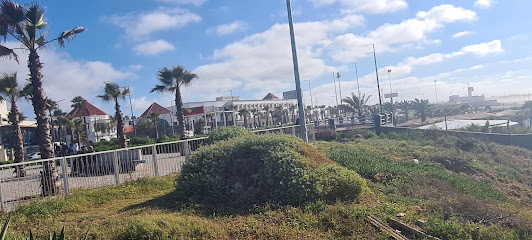
Essential places to dine
O'palm
Experience delightful Moroccan cuisine at O'palm with stunning Atlantic views in Casablanca.
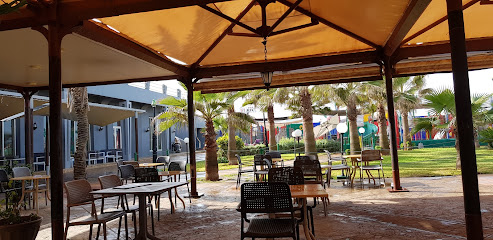
Le Basmane
Experience exquisite Moroccan dining with stunning ocean views at Le Basmane in Casablanca.
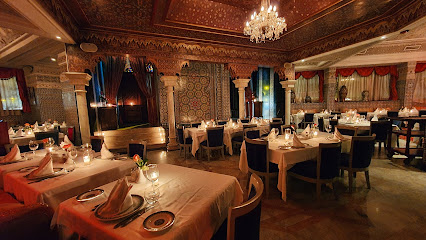
Relais de Paris
Experience the essence of French gastronomy at Relais de Paris in Casablanca - where every dish tells a story.
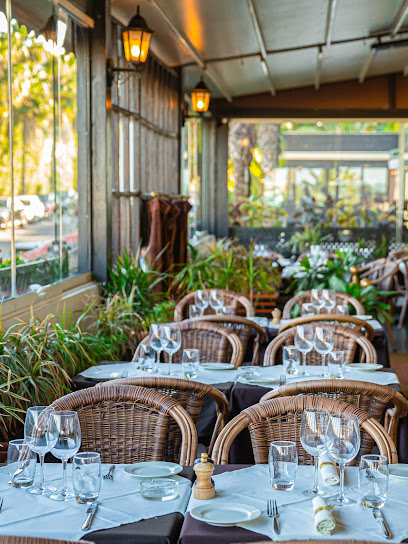
Tropicana Terrasse
Discover Tropicana Terrasse: A culinary gem in Casablanca offering delightful Moroccan flavors and stunning terrace views.
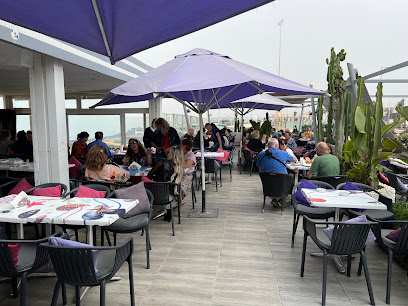
El Tucan Casablanca
Experience vibrant dining at El Tucan Casablanca with exquisite Moroccan flavors and stunning ocean views.
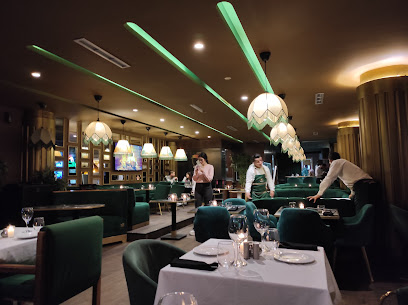
Fuxia
Experience authentic Italian cuisine at Fuxia in Casablanca - where every dish tells a story of tradition and flavor.
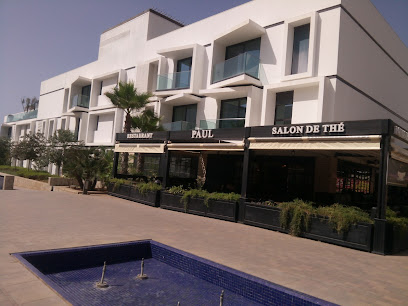
La Table du Miami
Discover La Table du Miami: A Culinary Gem Offering Authentic Moroccan Cuisine Amidst Stunning Ocean Views.
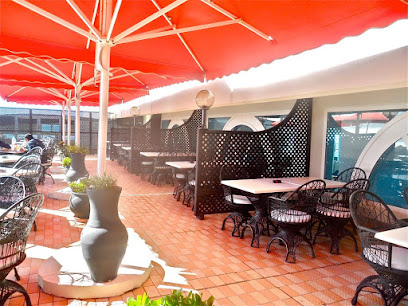
Le Capitole Restaurant
Experience vibrant dining at Le Capitole Restaurant in Casablanca, where Moroccan flavors meet international cuisine in an inviting atmosphere.
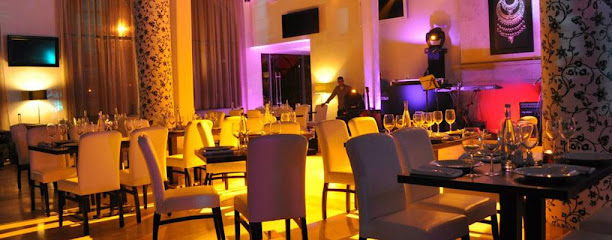
Bleu
Experience exquisite seafood dining at Bleu in Casablanca, where stunning ocean views meet culinary excellence.
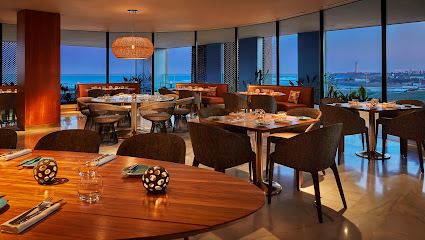
Sicilia luxury restaurant
Experience Mediterranean luxury dining in Casablanca at Sicilia Luxury Restaurant - where exquisite flavors meet elegant ambiance.
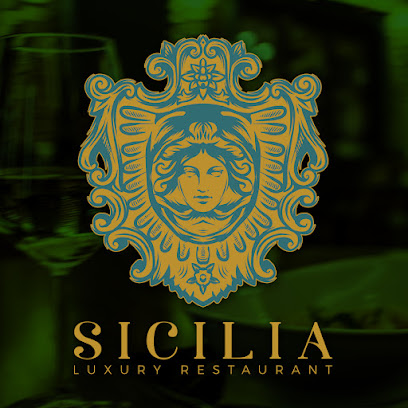
Markets, malls and hidden boutiques
Anfaplace Mall
Discover Anfaplace Mall: Casablanca's premier shopping destination with stunning ocean views and a diverse selection of dining options.
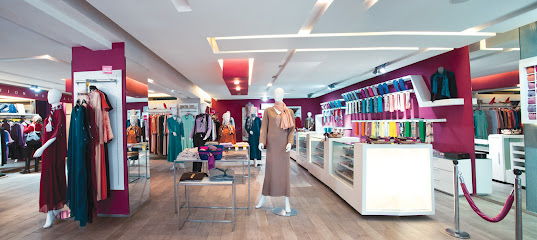
Alpha 55 - Anfa Place
Explore Alpha 55 - Anfa Place, a premier shopping destination in Casablanca, offering a unique blend of home goods, festive decorations, and local culture.
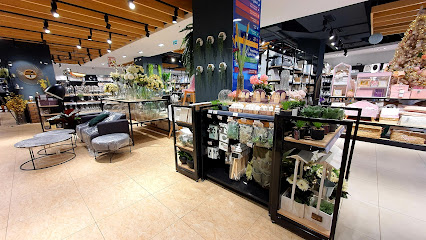
MINISO
Explore MINISO in Casablanca for stylish and affordable fashion accessories that enhance your travel experience and make perfect souvenirs.
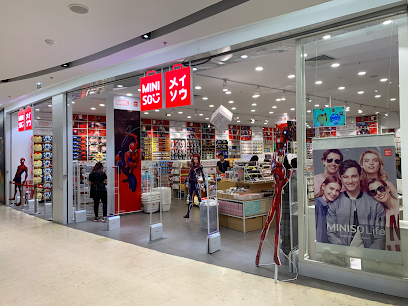
AYAM ZAMANE VINTAGE STORE
Explore the charm of vintage fashion at AYAM ZAMANE VINTAGE STORE in Casablanca, where each piece tells a unique story.
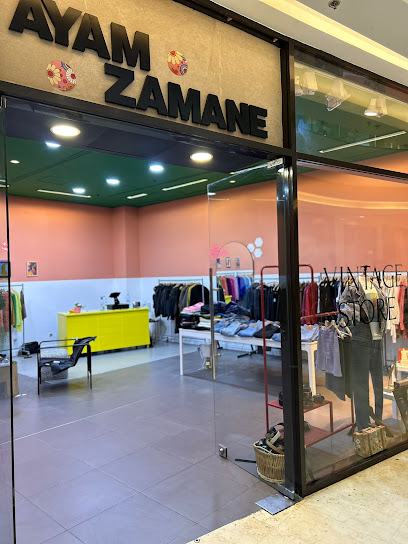
Dominus Shop Ain Diab
Explore Dominus Shop Ain Diab in Casablanca for an unforgettable selection of local and international wines in a charming atmosphere.
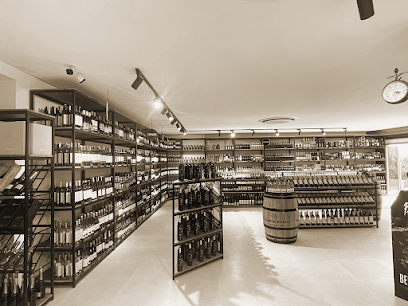
Kolby Jones
Discover unique costume jewelry at Kolby Jones in Casablanca's AnfaPlace Mall, where Moroccan artistry meets modern elegance.

Brooklyn Smoke Shop Ain Diab
Discover the finest tobacco products at Brooklyn Smoke Shop Ain Diab, your ultimate destination for premium cigars and vaporizers in Casablanca.
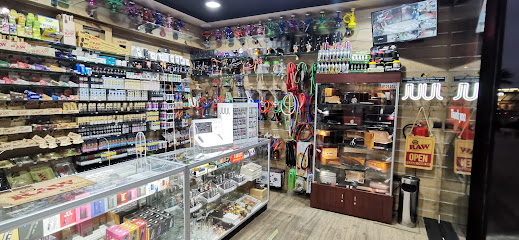
Rafinity Ain Diab
Discover elegance at Rafinity Ain Diab, Casablanca's premier jewelry store, showcasing exquisite Moroccan craftsmanship and unique designs.
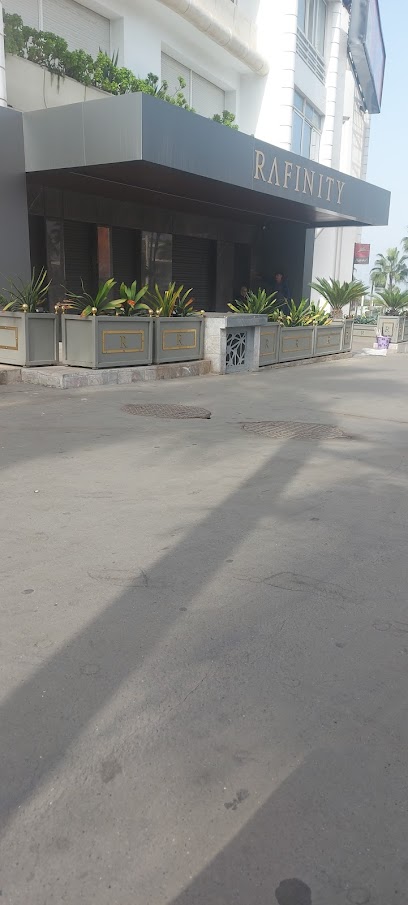
Intimissimi
Discover stylish lingerie and clothing at Intimissimi in Anfaplace Mall, Casablanca, where fashion meets elegance in a vibrant shopping atmosphere.
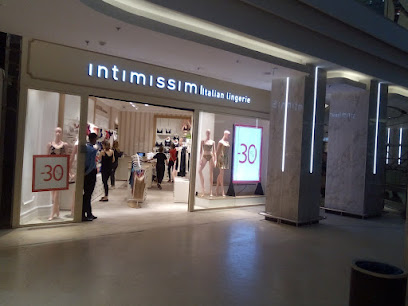
متجر عين الدياب
Experience the essence of Moroccan culture at متجر عين الدياب, a unique store in Casablanca offering a variety of local crafts and products.

Essential bars & hidden hideouts
Amstrong Official
Discover the energy of Casablanca's nightlife at Amstrong Official, a premier live music bar where rock meets vibrant local culture.
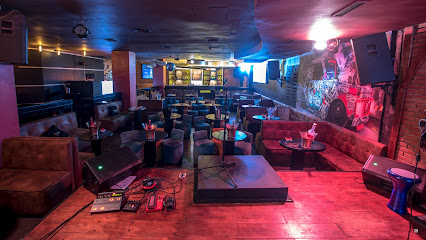
Maison B
Discover the vibrant nightlife of Casablanca at Maison B, an upscale nightclub offering music, dancing, and a lively atmosphere in the heart of the city.
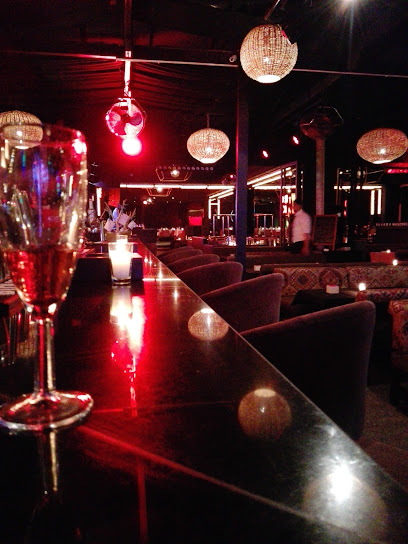
LA CAPSULE by Calypso
Experience the vibrant nightlife of Casablanca at LA CAPSULE by Calypso, the ultimate live music bar for unforgettable evenings filled with rhythm and culture.
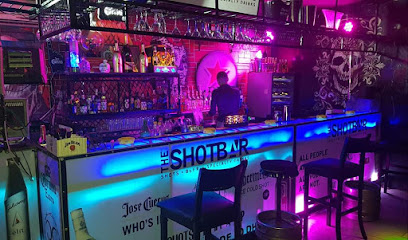
Chello
Experience the vibrant atmosphere and stunning ocean views at Chello, a premier bar and lounge in Casablanca.
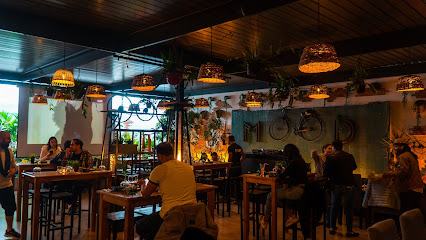
Diamond Lounge | Hookah | Restaurant | Café
Discover the vibrant atmosphere and exquisite flavors at Diamond Lounge, Casablanca's premier grill, café, and lounge.
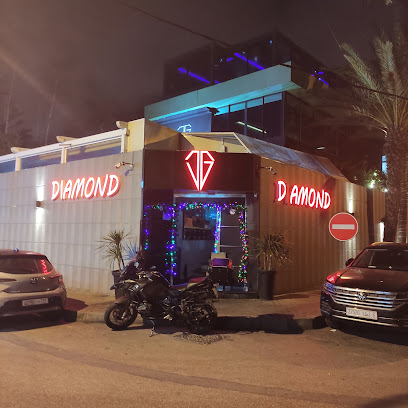
Marbella - Restaurant Lounge Bar
Discover Marbella, the chic lounge bar in Casablanca, blending stylish ambiance, delicious cuisine, and vibrant nightlife for an unforgettable experience.
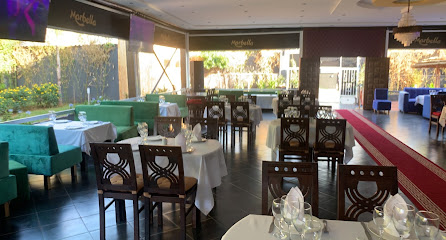
NEW LOOK
Discover the vibrant nightlife of Casablanca at NEW LOOK Bar, where delicious drinks and a lively atmosphere await.
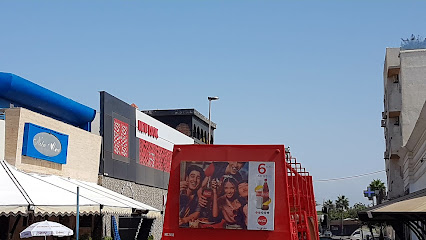
Sultan's Nightclub , Ain Diab Casablanca
Sultan's Nightclub: Dive into Casablanca's nightlife with great music, energetic crowds, and a vibrant atmosphere in Ain Diab!
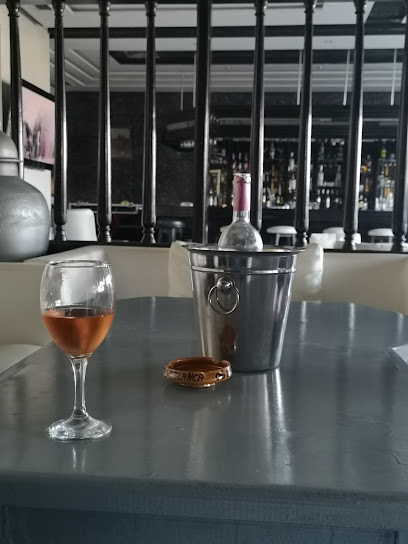
La Costéra
Experience relaxation and stunning ocean views at La Costéra, a premier lounge in Casablanca, perfect for unwinding with cocktails and friends.
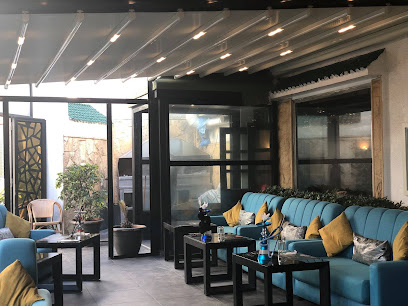
VERRIERE
Experience the enchanting ambiance of VERRIERE, Casablanca's premier piano bar, where music and elegance meet for an unforgettable evening.
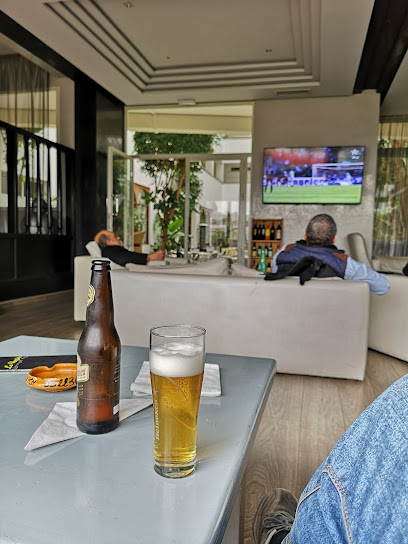
Local Phrases
-
- Helloسلام
[salaam] - Goodbyeوداعا
[wadaa'an] - Yesنعم
[naam] - Noلا
[laa] - Please/You're welcomeمن فضلك
[min fadlik] - Thank youشكرا
[shukran] - Excuse me/Sorryعذرا
[aathar] - How are you?كيف حالك؟
[kayf halik?] - Fine. And you?بخير. وأنت؟
[bikhayr. wa ant?] - Do you speak English?هل تتحدث الإنجليزية؟
[hal tatahadath al'inglizia?] - I don't understandلا أفهم
[la afham]
- Helloسلام
-
- I'd like to see the menu, pleaseأريد أن أرى القائمة، من فضلك
[uridu an ara alqaimah, min fadlik] - I don't eat meatأنا لا آكل اللحم
[ana la aakul allahm] - Cheers!في صحتك!
[fi sahtik!] - I would like to pay, pleaseأريد أن أدفع، من فضلك
[uridu an adfa, min fadlik]
- I'd like to see the menu, pleaseأريد أن أرى القائمة، من فضلك
-
- Help!النجدة!
[alnajdah!] - Go away!اذهب بعيدا!
[idhab baedan!] - Call the Police!اتصل بالشرطة!
[atassil bilshurta!] - Call a doctor!اتصل بطبيب!
[atassil batabib!] - I'm lostلقد ضللت الطريق
[laqad dalalt altariq] - I'm illأنا مريض
[ana mareed]
- Help!النجدة!
-
- I'd like to buy...أريد أن أشتري...
[uridu an ashtari...] - I'm just lookingأنا فقط أتفرج
[ana faqat atfarij] - How much is it?كم هو ثمنه؟
[kam huwa thamanuh?] - That's too expensiveهذا غالي جدا
[hatha ghali jiddan] - Can you lower the price?هل يمكنك خفض السعر؟
[hal yumkinuk khafdh alsu'ur?]
- I'd like to buy...أريد أن أشتري...
-
- What time is it?كم الساعة؟
[kam alsaa'ah?] - It's one o'clockالساعة الواحدة
[alsaa'ah alwahidah] - Half past (10)النصف بعد (10)
[alnusf baed (10)] - Morningالصباح
[assaabah] - Afternoonبعد الظهر
[baed althuhr] - Eveningالمساء
[almasaa'] - Yesterdayأمس
[ams] - Todayاليوم
[alyawm] - Tomorrowغدا
[ghadan] - 1واحد
[wahid] - 2اثنان
[ithnan] - 3ثلاثة
[thalatha] - 4أربعة
[arba'ah] - 5خمسة
[khamsah] - 6ستة
[sittah] - 7سبعة
[sab'ah] - 8ثمانية
[thamania] - 9تسعة
[tasia] - 10عشرة
[ashara]
- What time is it?كم الساعة؟
-
- Where's a/the...?أين هو/هي...؟
[ayn huwa/hi...?] - What's the address?ما هو العنوان؟
[ma huwa al'anaan?] - Can you show me (on the map)?هل يمكنك أن تريني (على الخريطة)؟
[hal yumkinuk 'an tureeni (ala alkharitah)?] - When's the next (bus)?متى يأتي الحافلة التالية؟
[mata yaati alhafilat altaalia?] - A ticket (to ....)تذكرة (إلى....)
[tadhkirah (ila....)]
- Where's a/the...?أين هو/هي...؟
History of Ain Diab
-
Ain Diab's history dates back to the 19th century when it was primarily a small fishing village. The name 'Ain Diab' is derived from the Arabic term for 'the spring of the devil,' referencing local legends. Its coastal location along the Atlantic Ocean made it a strategic point for trade and fishing, laying the groundwork for its transformation into a bustling neighborhood.
-
In the early 20th century, Ain Diab began to develop into a leisure destination, particularly during the French colonial period. The establishment of beachfront resorts and restaurants attracted both locals and tourists, making it a popular spot for relaxation. This era also saw the construction of the iconic Ain Diab Corniche, a promenade that symbolizes the neighborhood's evolution into a vibrant social hub.
-
Ain Diab has historically been a melting pot of cultures, reflecting the diverse influences that shaped Casablanca. The neighborhood became known for its nightlife, with numerous clubs and cafes catering to a cosmopolitan crowd. This cultural diversity is evident in the architectural styles, culinary offerings, and social customs, blending Moroccan traditions with international influences.
-
The late 20th and early 21st centuries brought significant urban development to Ain Diab. With the expansion of Casablanca, the neighborhood underwent modernization, with luxury hotels, shopping complexes, and entertainment venues emerging. This transformation has solidified Ain Diab's status as a prime destination for both local and international visitors, showcasing the dynamic interplay between tradition and modernity.
-
Today, Ain Diab is celebrated for its beautiful beaches, vibrant nightlife, and cultural events. It hosts various festivals and activities, drawing both residents and tourists. The neighborhood remains an integral part of Casablanca's identity, serving as a testament to the city's historical evolution and its ongoing cultural narrative.
Ain Diab Essentials
-
Ain Diab is easily accessible from various neighborhoods in Casablanca. If you are coming from the city center, you can take tram line T1 to the end of the line at the Ain Diab station. Alternatively, taxis are widely available; a grand taxi from central Casablanca to Ain Diab typically costs around 15-30 MAD. Buses also operate frequently, with several lines connecting to Ain Diab, including bus number 32 and 36.
-
Ain Diab is best explored on foot, especially along the beachfront promenade. For longer distances, local buses and taxis are readily available. Bicycles can be rented from various shops along the beach, providing a fun way to navigate the area. Ride-sharing apps like Careem are also popular and convenient for getting around.
-
Ain Diab is generally a safe area for tourists. However, it’s advisable to stay vigilant, particularly at night. Avoid poorly lit areas and be cautious of your belongings in crowded spots. While serious crimes are rare, petty theft can occur, particularly near busy beaches and markets. Areas near the waterfront are typically safe but exercise caution when venturing into less populated sections.
-
In case of an emergency, dial 19 for police assistance and 15 for medical emergencies. Familiarize yourself with the location of the nearest hospital, which is the Hospital 20 Août. It’s advisable to have travel insurance that covers medical emergencies. Local pharmacies are available for minor health issues, and many staff speak basic English.
-
Fashion: Do dress modestly, particularly when visiting local shops or markets. Swimwear is acceptable on the beach but should be covered when leaving the area. Religion: Do respect local customs and dress appropriately when visiting mosques or religious sites. Public Transport: Do be courteous on public transport; give up your seat to the elderly. Don't eat or drink on public transport. Greetings: Do greet locals with a friendly 'Salam' or handshake. Eating & Drinking: Do try local dishes and accept food offerings graciously. Don't refuse hospitality, as it is seen as impolite.
-
To experience Ain Diab like a local, visit the bustling markets along the beach for fresh seafood and traditional Moroccan snacks. Engage with vendors and try local delicacies such as grilled fish and Moroccan pastries. The beach is lively in the evenings, making it a great spot to mingle with locals. Don’t miss the sunset at the Corniche; it’s a popular gathering place for families and friends.
-
Morocco is a predominantly Muslim country, and it is important to be respectful of local customs. During Ramadan, it is considerate to avoid eating or drinking in public during daylight hours. Always ask for permission before taking photos of people, especially in more traditional settings. Learning a few basic Arabic or French phrases can enhance your interactions with locals.
-
Ain Diab offers a range of dining options, from upscale restaurants along the beachfront to casual eateries serving street food. Seafood is a highlight, with many establishments offering fresh catches of the day. Popular dishes include 'tagine' and 'couscous.' Always check if the restaurant has a good hygiene rating before dining. For an authentic experience, try dining at local cafés where you can enjoy mint tea and pastries.
Nearby Cities to Ain Diab
-
Things To Do in Meknes
-
Things To Do in Marrakech
-
Things To Do in Fes
-
Things To Do in Asilah
-
Things To Do in Chefchaouen
-
Things To Do in Tangier
-
Things To Do in Essaouira
-
Things To Do in Tetouan
-
Things To Do in Cádiz
-
Things To Do in Europa Point
-
Things To Do in Gorham's Cave Complex
-
Things To Do in St. Michael's Cave
-
Things To Do in Queensway Quay Marina
-
Things To Do in Alameda Botanic Gardens
-
Things To Do in Main Street









